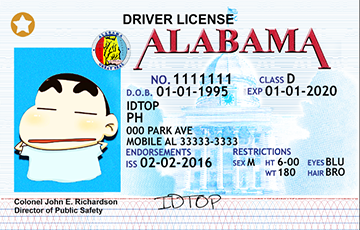
We were discussing how to find out if an ID is fake in our article, and we will continue from where we stopped. scannable fake id is a growing danger in today’s world, and it’s important to know the features that make a fake ID different than an original one. The people who are in the job of checking IDs must understand these factors clearly to successfully recognize fake IDs instantly once they are produced. So, let’s begin.
- Laser engraving: The first feature we are going to tell you now is laser engraving. Laser engravings are actually etched into the material of the card itself, and cannot be removed chemically or mechanically without doing damage to the card.
- Overlay: The next feature is the overlay, and you need to tilt the card to see it. The overlay is a thin protective film that is applied to the front of the ID to protect it, as well as incorporate a state seal along the lines that reacts as you turn and twist the ID, and you’ll be able to see it.
- Tactile features: Now, coming to the next sign, and this is what we call tactile features. That means you can physically touch the card to feel the weight or flexibility of the card itself. Any element on an ID that is physically able to be touched to verify whether it’s legitimate or not can be considered as a tactile feature. The best tactile feature is actually the bend test. The bend test is a feature that you’re able to do on any ID, and every original ID should spring back into shape once you bend it. However, any fake IDs out there will do one of two things if you bend them. First, either they will break, or secondly, the overlay that’s on the front of the ID will peel up. And that’s a clear sign that it’s a fake ID.
- Laser embossing: Another feature you should look for is laser embossing. You have to take a laser and raise the plastic on the front of the ID (but not on the backside), and that allows you to usually put the date of birth in a raised configuration across the front of the ID. Hence, you can feel it with your fingers, as well as visually, it’s raised above the surface so that you can see that the ID has laser emboss.
- Transparent image: The next exciting feature we are going to talk about is the transparent image. A transparent image is a little window through the center of the ID, and It actually has the person’s picture printed right on it. The cool thing about it is how it reacts to light. If you’re looking at the light straight on, you will actually be able to see the picture quite clearly. However, if you take a flashlight to the unit, the image itself will reverse – meaning that you’ll get a negative view of the picture. Fake IDs have a challenging time reproducing this effect until now, so you can consider this as a very crucial factor.



